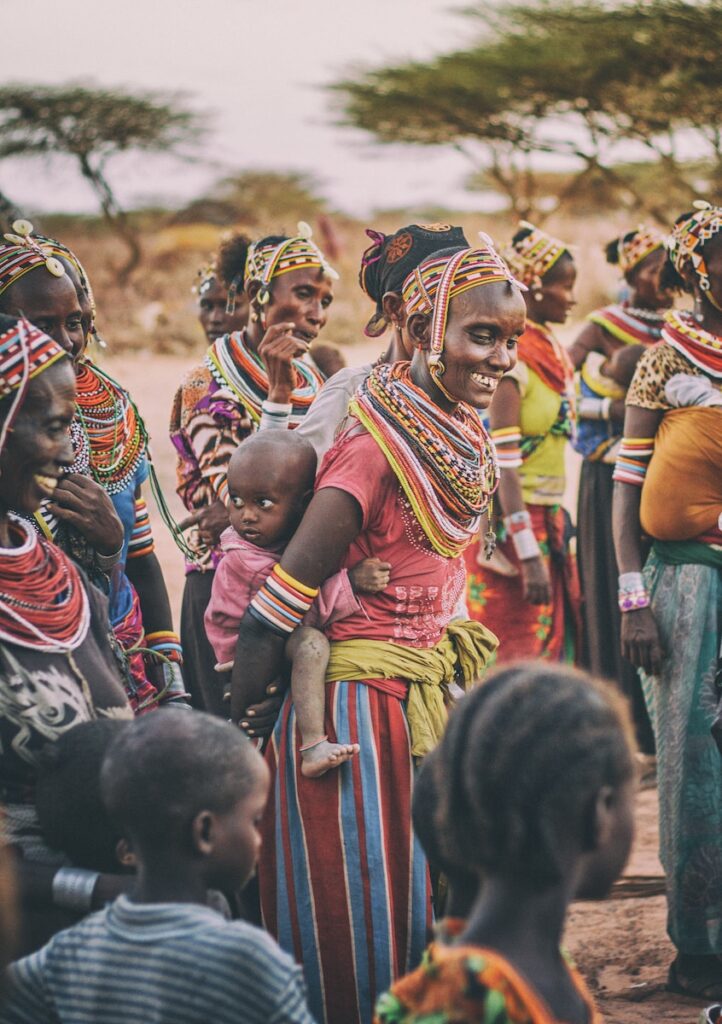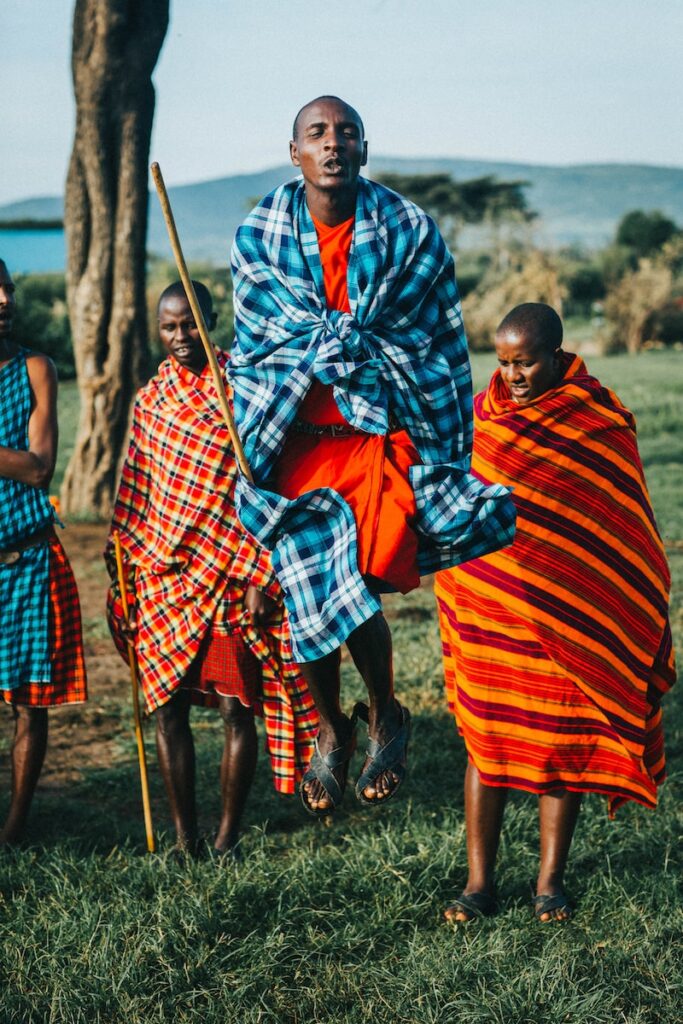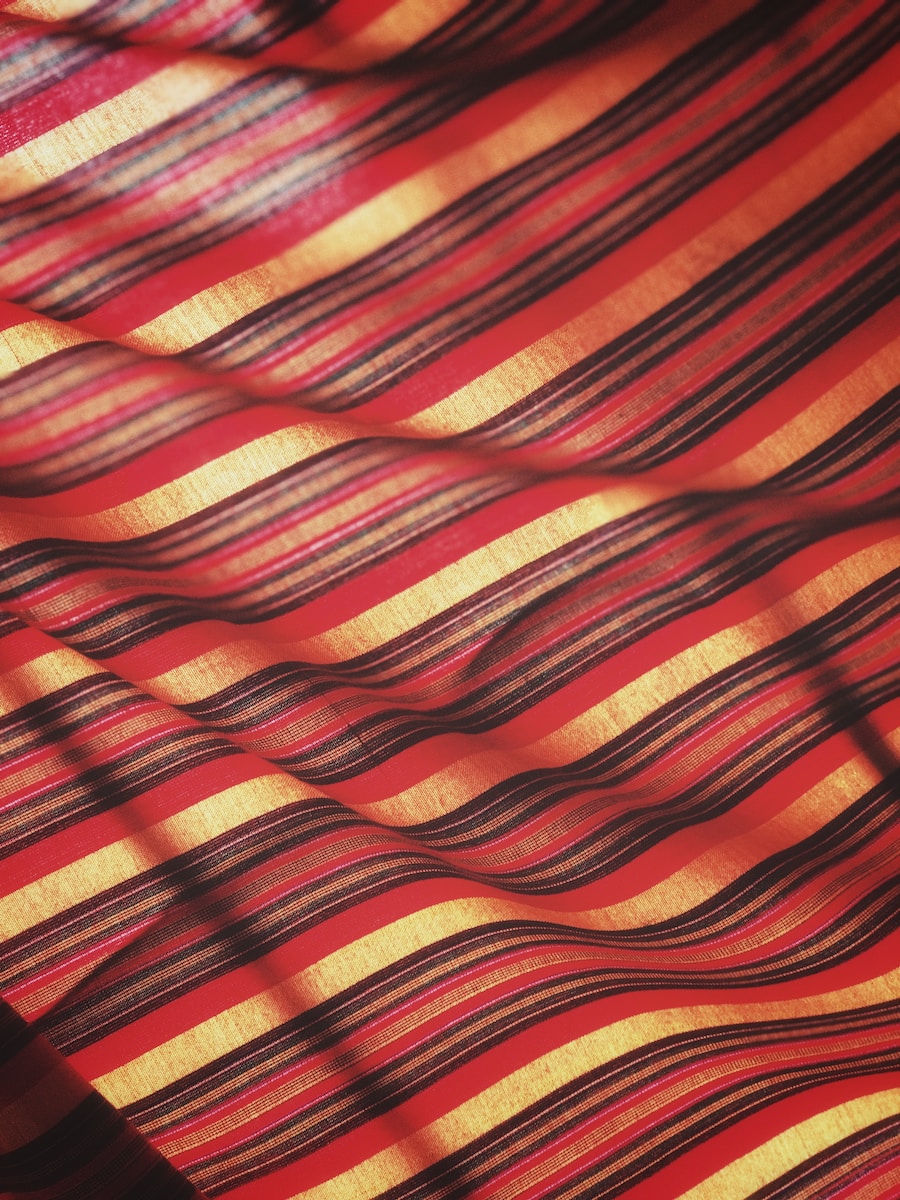

East Africa is home to the Maasai people, a nomadic tribe known for their unique culture and traditions. From their vibrant clothing to their distinctive warrior rituals, the Maasai offer a fascinating glimpse into a way of life that has persisted for centuries. The Maasai are primarily pastoralists, relying on cattle for their sustenance and livelihoods. These cattle are not just livestock but symbols of wealth and prestige, forming an integral part of the Maasai identity. The Maasai are known for their intricate beadwork, with each bead color and pattern carrying specific meanings and stories, making their jewelry not only decorative but also deeply symbolic.
One of the most iconic aspects of Maasai culture is the adumu, or “jumping dance.” This dance is performed by Maasai warriors, who showcase their strength, agility, and courage by leaping high into the air. The higher a warrior jumps, the more respect he earns from the community. The adumu is a symbol of masculinity and bravery and is often performed during celebrations and rituals.
The Maasai also have a strong spiritual connection to nature. They believe in a singular deity, Engai, who is associated with the sky. The Maasai hold sacred ceremonies to communicate with Engai, seeking blessings for their cattle and well-being for their communities. Their deep reverence for nature is reflected in their sustainable pastoral practices, which prioritize the well-being of their cattle and the environment.
Despite the challenges posed by modernization and changing landscapes in East Africa, the Maasai continue to preserve their unique cultural identity. They are a testament to the resilience of traditional African cultures in the face of evolving times.


